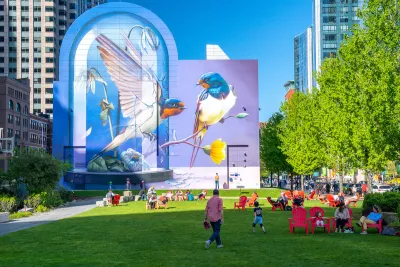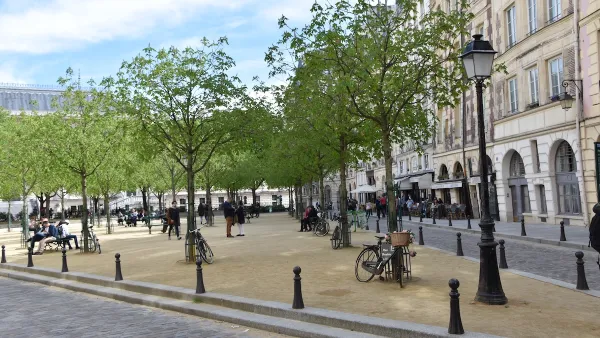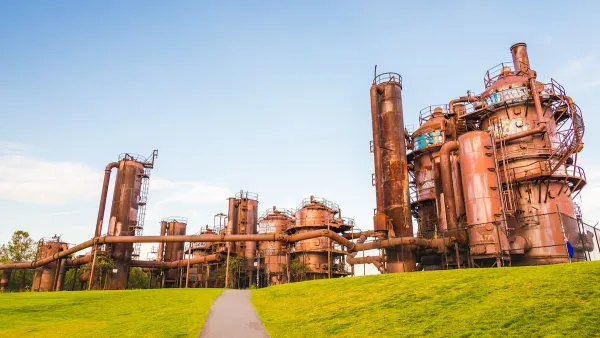The pandemic highlighted the importance of parks and public spaces for maintaining both the physical and mental health of urban residents.

Update November 20, 2023: The source article was incorrectly attributed to Scot Lehigh. the author of the article is Aaron Greiner.
Writing in The Boston Globe, Aaron Greiner argues that “Public spaces, which served as a lifeline for people during the pandemic, can be more thoughtfully designed to better foster human connection and combat loneliness.”
As Greiner points out, “A growing body of research, including a 2021 study that found that frequent visits to green spaces decreased people’s use of depression medication, points to the many ways a dose of public space can improve people’s well-being.” For Greiner, this means planners and city leaders must consciously build places that foster wellbeing and “invite people to stop, stay, and connect.” Greiner calls places that do this successfully—“make people feel welcome, represented, and connected to their neighborhoods, and this, in turn, builds social connections between visitors”—‘sticky.’
Greiner adds that “Social infrastructure, like physical infrastructure, requires upkeep, investment, and adaptation”—and should be similarly prioritized by cities long after the pandemic.
FULL STORY: Urban planners should prioritize community spaces to help combat loneliness

National Parks Layoffs Will Cause Communities to Lose Billions
Thousands of essential park workers were laid off this week, just before the busy spring break season.

Retro-silient?: America’s First “Eco-burb,” The Woodlands Turns 50
A master-planned community north of Houston offers lessons on green infrastructure and resilient design, but falls short of its founder’s lofty affordability and walkability goals.

Delivering for America Plan Will Downgrade Mail Service in at Least 49.5 Percent of Zip Codes
Republican and Democrat lawmakers criticize the plan for its disproportionate negative impact on rural communities.

Test News Post 1
This is a summary

Test News Headline 46
Test for the image on the front page.

Balancing Bombs and Butterflies: How the National Guard Protects a Rare Species
The National Guard at Fort Indiantown Gap uses GIS technology and land management strategies to balance military training with conservation efforts, ensuring the survival of the rare eastern regal fritillary butterfly.
Urban Design for Planners 1: Software Tools
This six-course series explores essential urban design concepts using open source software and equips planners with the tools they need to participate fully in the urban design process.
Planning for Universal Design
Learn the tools for implementing Universal Design in planning regulations.
EMC Planning Group, Inc.
Planetizen
Planetizen
Mpact (formerly Rail~Volution)
Great Falls Development Authority, Inc.
HUDs Office of Policy Development and Research
NYU Wagner Graduate School of Public Service




























